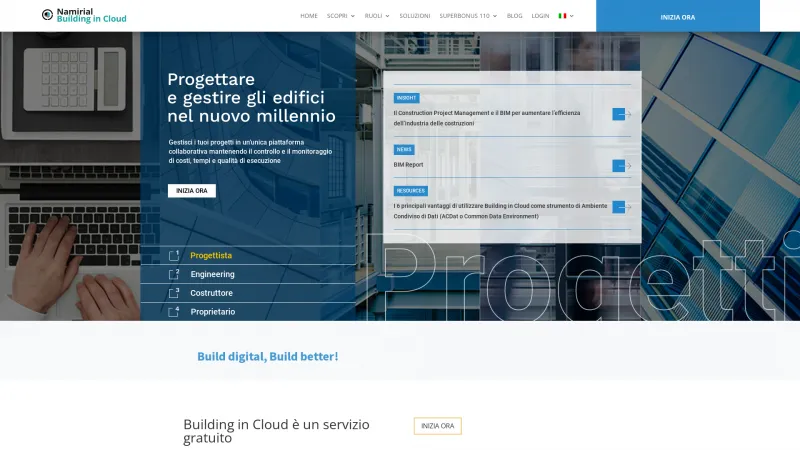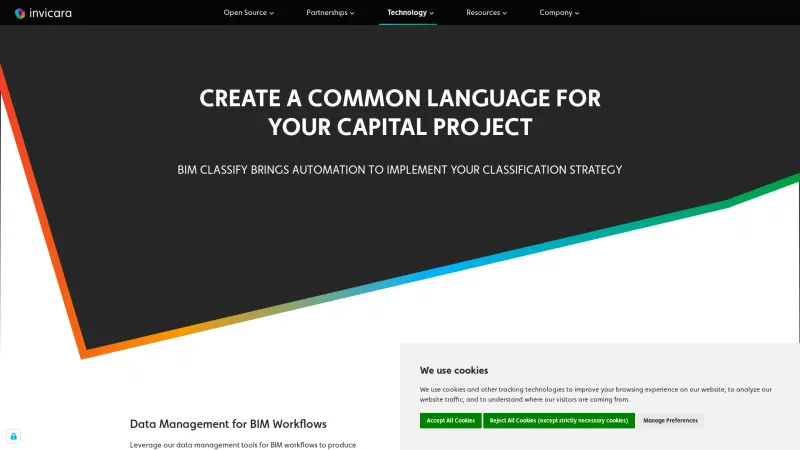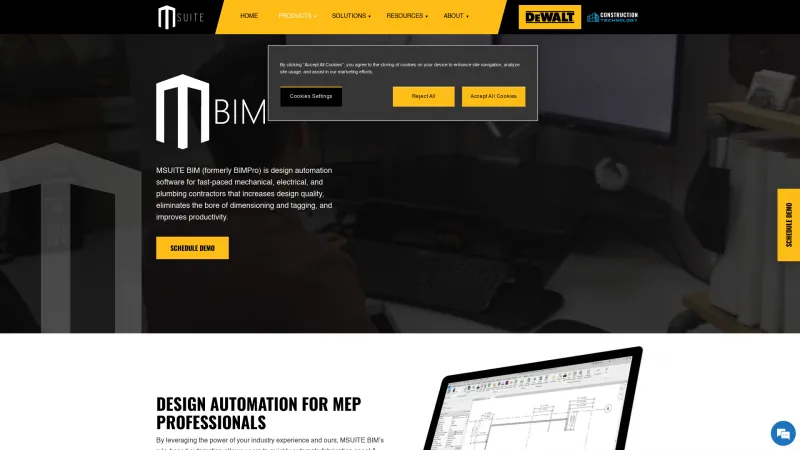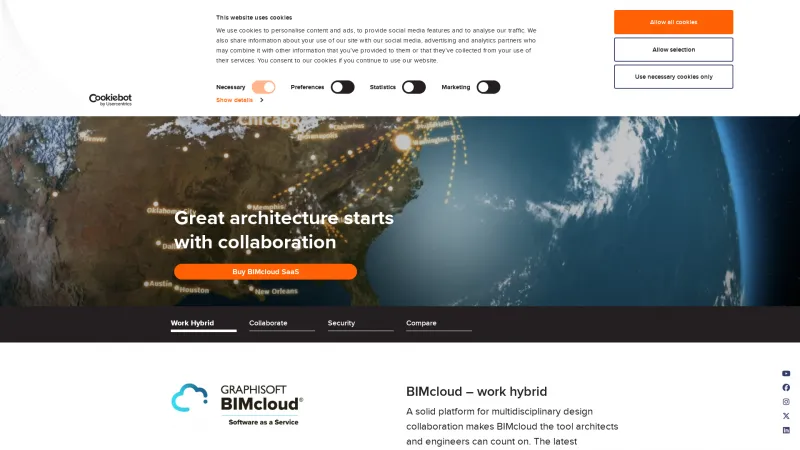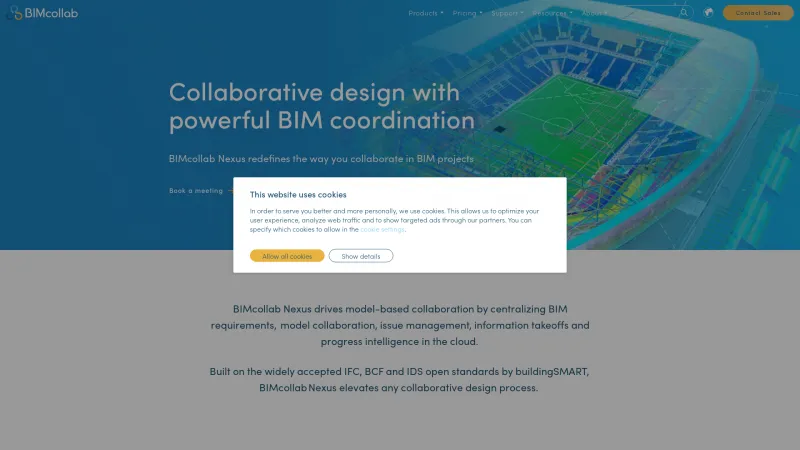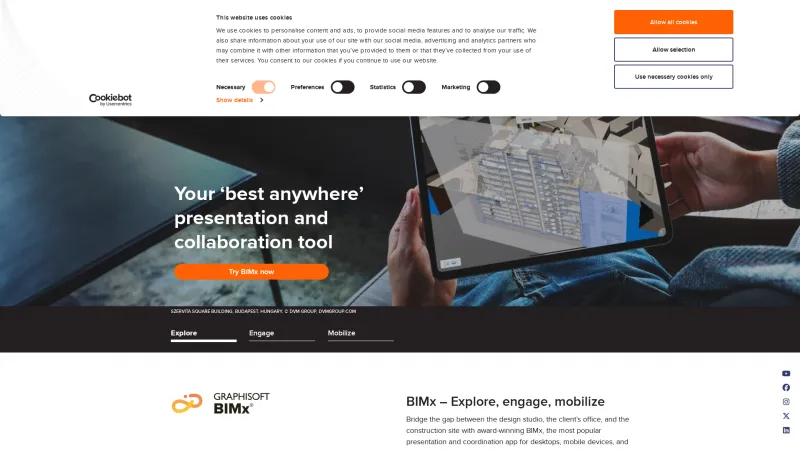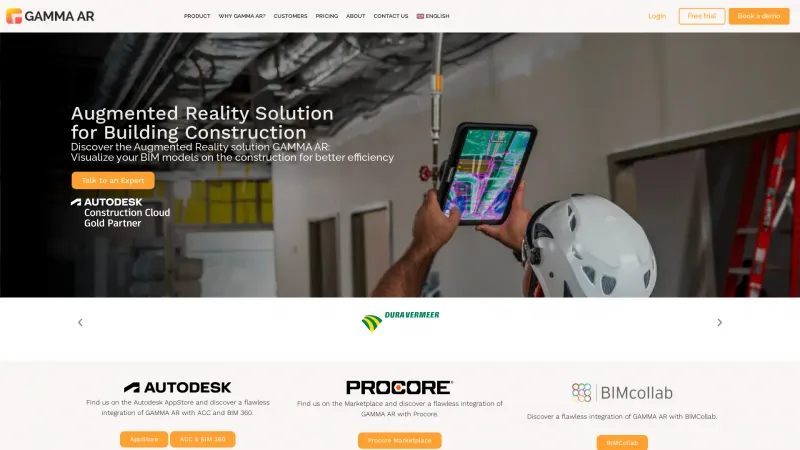Harnessing BIM Software for Construction Project Success
Building Information Modeling (BIM) software is a powerful tool designed to facilitate the planning, design, construction, and management of building projects. It addresses common challenges in the architecture, engineering, and construction (AEC) industries, such as collaboration inefficiencies, design errors, and project delays. By providing a centralized digital representation of a project, BIM software enhances communication among stakeholders and streamlines workflows. Read more
Key features of BIM software include 3D modeling, real-time collaboration, clash detection, and project visualization. These tools allow users to create detailed architectural designs, simulate construction processes, and analyze building performance. Additionally, BIM software often integrates with other project management tools, enabling seamless data sharing and improved decision-making.
BIM software is best suited for architects, engineers, construction managers, and facility managers. It is widely used in various industries, including commercial construction, residential development, and infrastructure projects. By adopting BIM technology, professionals can improve project outcomes, reduce costs, and enhance overall efficiency in the building lifecycle.

